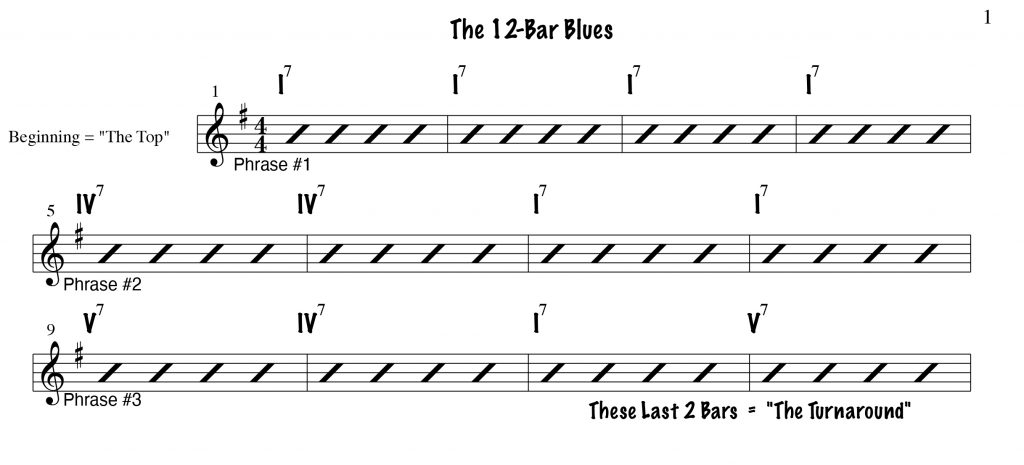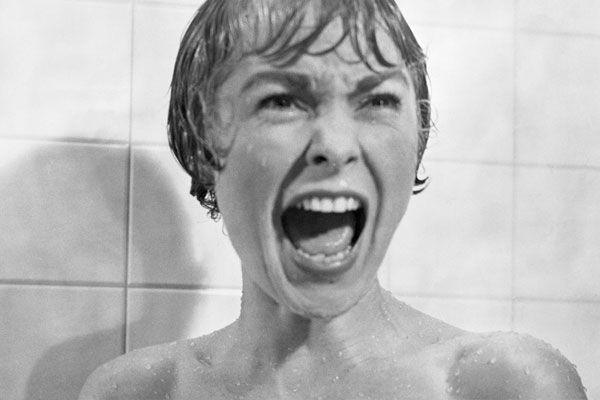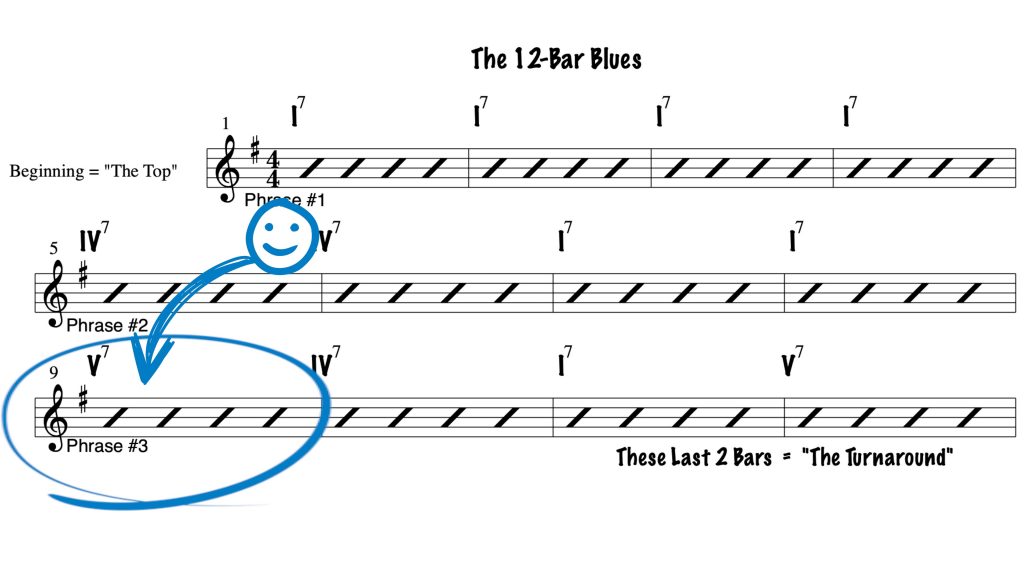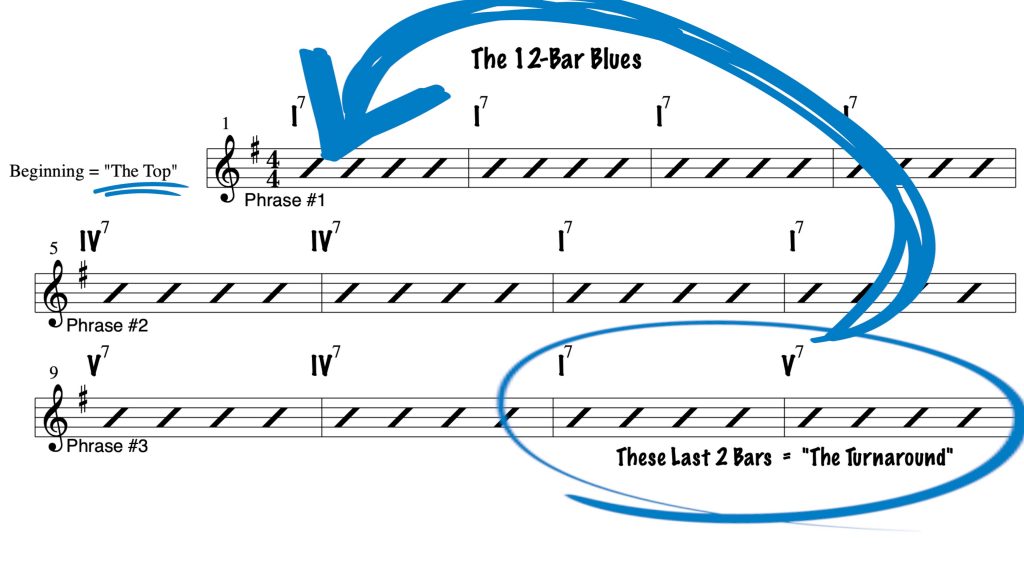Wanna be able to shred a killer blues harmonica solo? You CAN.
You don’t even have to know how to bend notes. If you know how to isolate single notes, then you just need some simple building blocks, and a whole lot of EMOTION. That’s the awesome thing about the blues…. It’s ALL. ABOUT. EMOTION. Ready to shred?
You Gotta Know the Blues
If you haven’t had a lot of exposure to the 12-bar blues, I recommend that you check out my lesson Blues Harmonica for Beginners. In that lesson, I show you how to memorize the 12-Bar Blues so that you know it like the back of your hand. The 12-Bar Blues consists of 3 distinct 4-bar phrases. Each of these 4-Bar phrases has its own flavor, providing a different landscape against which a given riff might sound totally different.
In order to know where in the form you are choosing to play a riff, you first have to know the form. That’s why I can’t emphasize enough the importance of memorizing the 12-bar Blues.

What is the Point of Learning Riffs?
Knowing riffs will help you toward your goal of being able to play a blues harmonica solo. But it’s also important to recognize them for what they are. Riffs are not an end unto themselves. They are a jumping off point. It’s important to think about riffs as ideas that you can play around with.
For example, you can take a riff and:
Repeat it
Reverse it
Add dynamics – louder or softer
Make it longer – add or repeat notes
Make it shorter – don’t play one or more note
Play with the phrasing – change the rhythm of it, or
Change where in each of the three 4-bar phrases you play it
And this last point is really key. Riffs don’t exist in a vacuum. I mean, maybe when you’re at home learning them for the first time they exist in a vacuum, but eventually you’re going to play them in a song.
Improvisation is an amazing, gratifying, even mystical art form. Sometimes the “muse” is present, and inspired music flows through us, and we feel like we’re just surfing on the wave. But often we’re up on stage sweating under the bright lights, it’s our turn to take a solo, we have to play something, our adrenaline is pumping, and we’re in the freak-out zone!

In moments like this, it sure is nice to have some licks we can fall back on, so that we can get the improvisational ball rolling.
The #1 Blues Harmonica Riff (That’s Not Included Here)
In my opinion, the #1 most important harmonica riff for blues soloing is what many harmonica players call a -45 warble, which I call a -45 trill, and is accomplished simply by alternating quickly between -4 and -5. If a great band is playing in front of a lively crowd and you play nothing but a -45 trill, putting all of your emotion into it, I guarantee you people whoop and holler!
In my experience playing harmonica in front of people for 30 years, nothing excites a crowd as much as the -45 trill. I go over that important lick in my Blues Harmonica for Beginners lesson, and go into even more depth on it in my Beginner to Boss course. So I’m not including it in this lesson. But I wanted to make sure you don’t snooze on the #1 most important Blues harmonica riff!! 🤘
6 Legit Blues Harmonica Riffs
#1 Riff #1 works great as an opener, but can truly be played anywhere in the form and will sound great. Playing the 1st note twice and the last note twice are great variations on this one:

-4 4 -4 -3 -2
Variation 1

-4 -4 4 -4 -3 -2
Variation 2

-4 4 -4 -3 -2 -2
#2 Riff #2 fits really well over the IV chord, but also can be played anywhere:

4 4 -3 4 -3
#3 Riff #3 is a great one used by many Blues harp masters to lead into the 1st bar of the 3rd 4-Bar phrase where we go to the V chord. It’s important to slide from -1 to the -4.


-1 2 -2 -1 -4
#4 Riff #4 is a great illustration of the draw-more-than-blow principle, and is a kind of sound you can hear in the playing of Big Walter Horton and James Cotton, among others, and it’s a really fun one.

-5 5 -4 -3 -2
#5 Riff #5 is a Turnaround riff. The word turnaround refers to the last 2 bars of the 12-bar form, and it’s named such because those last 2 bars “turn us around” back to the top of the form.

This riff is a legit turnaround riff that requires no bending and is a variation on one played commonly by Chicago Blues master Big Walter Horton. It’s a little tricky to learn, but it’s worth taking the time to work it out because it’s super-fun to play, and once you get it you’ll be able to play it (and simplified versions of it) for years to come!

-2 -2 2 3 2 -2 -1 -1
#6 Riff #6 is also a great riff that sounds like what many blues masters will use to end a song. You’ll probably recognize it.
Having something in your back pocket that you can play for intros, turnarounds, and endings is a fast way to get from sounding like a hack to sounding like a pro, so I wanted to include a killer ending riff for you here, and this is one of the best that requires no bending:

6 5 -4 4 -3 -4 5 6 -123
Congratulations! My advice is to put on backing tracks and use these riffs to make up your own solos. Take just one of these riffs and try playing it throughout a whole chorus. That can be a really great exercise because you’re naturally going to want to vary the phrasing to add interest.
You can just Google “Backing track blues in G” to find some different grooves to jam over, besides using the one here:
If you’re looking for a fast track to learning the harmonica, you may wanna consider my course Beginner to Boss. Other than that, thanks for checking out this lesson 6 Easy Blues Harmonica Riffs for Beginners. I hope you liked it. Keep on rocking the harmonica and making the world a better place. 🌎❤️🎶

Comments
Got something to say? Post a comment below.